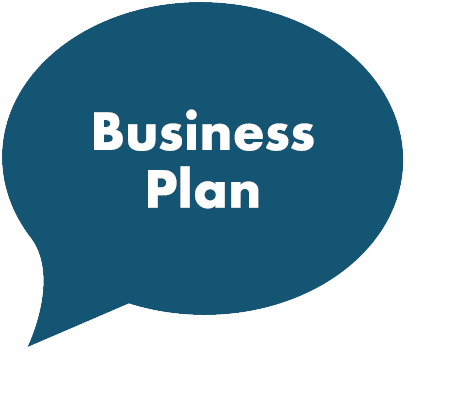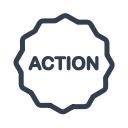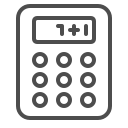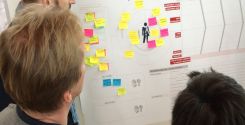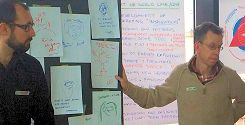Fritz Sybergs Vej 9
DK 8270 Hojbjerg
Scandinavia
info@dynamicbusinessplan.com


Problem Based Learning & Entrepreneurship
Entrepreneurship teaching is about making the students act as entrepreneurs - learning by doing.
Problem-based learning (PBL) is a student-centred instructional strategy in which students collaboratively solve problems and reflect on their experiences.
Characteristics of PBL
- Learning is driven by challenging, open-ended problems
- Students work in small collaborative groups
- Teachers take on the role as "facilitators" of learning
Students take responsibility
Accordingly, students are encouraged to take responsibility for their group and
organize and direct the learning process with support from a tutor or instructor.
Advocates of PBL claim it can be used to enhance content knowledge and foster
the development of communication, problem-solving, and self-directed learning
skills.
Problem-based learning and entrepreneurship
PBL is excellent for entrepreneurship education because if presented properly
the “problem”: “Describe how to start a business” will create a lot of energy in
the students.
At first the students feel they know nothing but after a short introduction and
the guidance from the lecturer they realise that they themselves can be the
drivers in creating their own business.
The knowledge at www.dynamicbusinessplan.com, the business plan template and the
lecture’s guidance is sufficient for them to describe what their new business
will be.
The students are the creators so they take responsibility for their group and
organize and direct the learning process.
Organizing Problem-based learning
Problem-based learning is typically organized with small groups of learners, accompanied by an instructor, faculty person, or facilitator. During this process, a series of problems are presented to learners with guidance early in the PBL process, and then later guidance is faded as learners gain expertise. Guidance is faded as group members feel more confident with the subject matter and become more competent with the procedures.
Progress in problem solving
You could begin with worked examples and then later, introduce students to
smaller less complex problems. But as the process progresses, you should change
problems by adding components to make them more realistic. Thus it is important
to begin with simplified versions of real world problems to progressively add
components. This progression of compellability and fading of support motivates
learners as they slowly gain expertise and take ownership.
During the PBL process learners should discuss problems, define what they know,
generate hypotheses, derive learning goals and organize further work. Results
may subsequently be presented to larger groups (under guidance from an
instructor). A PBL cycle should conclude with learners reflecting on the
learning that has taken place.
Source: Wkipidia (en.wikipedia.org/wiki/Problem-based_learning)
Literature
At
Wikipedia you will find a lot of references.
University
of Michigan
has a compressive and practical web site about Problem and Case based learning

Everything is hard, before it is easy.
- Johann Wolfgang von Goethe
